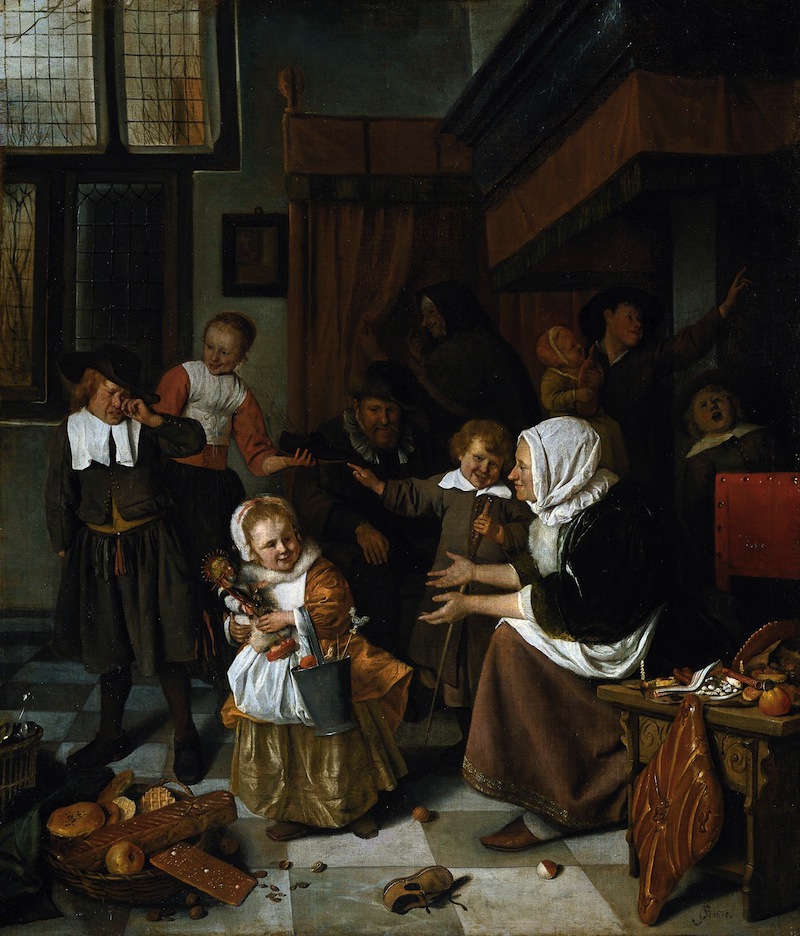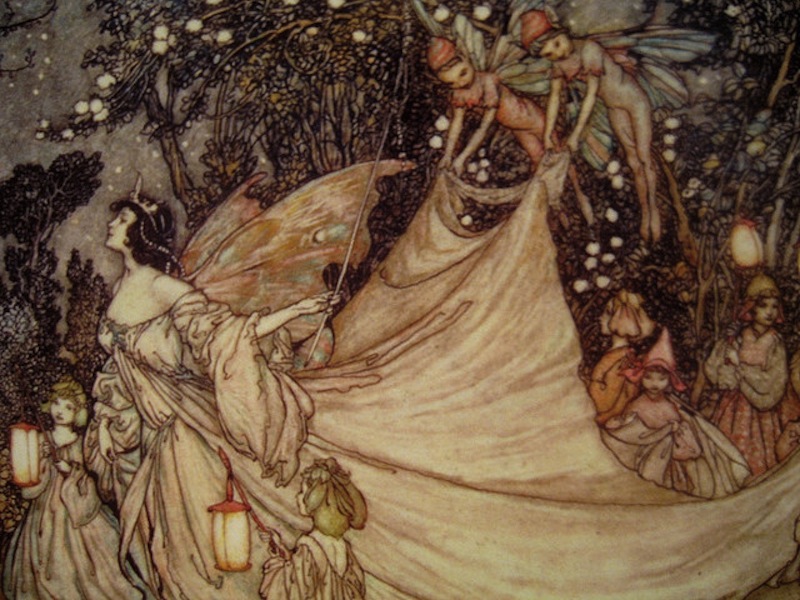
The 17th century theologian and poet François Fénelon is quoted to have said,
There was nothing in me that preceded all [God’s] gifts, nothing able to receive them. The first of His gifts on which all the others rest is what I call “myself.” He gave me that self. I owe Him not only all that I have but also all that I am. Oh incomprehensible gift which our poor language expresses in a moment but which the human mind will never arrive at understanding it and all its depth. This God, who has made me, has given me myself to myself. The self I love so much is simply a present of His goodness. Without Him I would not be myself. Without Him I should have neither the self to love nor the love wherewith I love that self, nor the will that loves it, nor the mind that knows it. All is a gift. He who receives the gifts is himself to first gift he receives.
Sed contra, Francis Crick has stated,
“You,” your joys and your sorrows, your memories and your ambitions, your sense of personal identity and free will, are in fact no more than the behavior of a vast assembly of nerve cells and their associated molecules. As Lewis Carroll's Alice might have phrased it: “You're nothing but a pack of neurons.” (Astonishing Hypothesis, 3)
Could there be a more astonishing gulf than between these two metaphysical approaches to human existence?
The Fénelon quote, other than being exquisitely beautiful, might be said to represent a view of reality that explains everything “up,” ultimately into the realm of the infinite, of infinite value, meaning, beauty, joy, and love, “and this we call God,” as Aquinas might say. “That which was from the beginning” (1 Jn 1:1), therefore, is reflected and imbibed throughout all of finite reality, informing the matrix of meaning in which we live and move and have our being.
On the other hand, the Crick quote might be said to display the approach that ultimately explains everything “down,” into ever more divided and basic material, getting into the realm of the inconceivably small, and finally into nothing--if not in a absolute sense, certainly in the sense that meaning, value, beauty, reason or the like simply did not exist “in the beginning.” It appears inevitable that this view could at the end of the day yield only some variety of nihilism, both in an almost “literal” and philosophical sense. If nothing is the beginning of all things, then reality at bottom is ontologically “blank.” By what criteria could anything ever be said to have any meaning, or human life any value, which have their ultimate basis in the nihil of a yawning void? That which is not present in the source cannot be present in what is derived from the source.
Not incidentally, in the “downward” model man can in theory master reality and fully explain it, fit it inside his head (at least once it finally becomes modified through technology). In the “upward” model man rather receives reality; he is the recipient of a gift. G. K. Chesterton, who believed, “The test of all happiness is gratitude” (Orthodoxy, 98), captured the wonder of existence as a gift when he stated that no man has “really measured the depths of his debt to whatever created him and enabled him to call himself anything,” adding,
At the back of our brains, so to speak, there was a forgotten blaze or burst of astonishment at our own existence. The object of the artistic and spiritual life was to dig for this submerged sunrise of wonder; so that a man sitting in a chair might suddenly understand that he was actually alive, and be happy. (Autobiography, 97)
If indeed we have received our entire reality purely as gift--even the reality of ourselves--can we also be masters of reality (even our own “little realities”)? Might it not be that only when we’re receptive of reality as gift, as revealed both in the wonder of creation and in the gospel--with Jesus Himself being the concentrated form of reality and its gift (Col 2:9)--that we’ll be of such posture as to receive God’s outpouring love revealed there, flowing into ourselves and from thence outward toward others and all creation?
(Painting by Teun Hocks)



